A year and a half ago, fire raced through the mountains of the Similkameen, but it did not take every tree, as you can see here above Chopaka.
What it took was the trees that grew in the wind. It was not a fire event, so much as a wind event, even when the wind is made (in part) by the fire. Look at the spirit faces the fire revealed, as well, especially the bear on the right and the human figure on the left, facing it. These too are creatures dependent on fire. The triangular slope in the middle, however, has even more power over fire: it is not taken by it. Yet, it is revealed by it, nonetheless. Turning our back to this story…
… we find water’s face, from when this whole valley was a lake. Note the hill in the foreground, and how trees grow on its left and right faces (although more thickly the left). These are aspects of snowfall, sun aspect and drying wind, or, in other words, heat. And heat is fire. With that in mind, turnabout again:
The grassy ridge in the foreground was underwater in the lake that made the hoodoos behind you. It is plain to see here in the northeastern ramparts of the Cascades how the mountains are made out of line after line of uplifted ridges, sheared off and tilted by incredible force. In this kind of country, fire is at home. It does not, as you can see, take everything. It’s more like it carefully tills the land in its own image. As for the water, let’s just back up a bit.
Can you see how the whole valley bottom, once a lakebed, and a riverbed as well, is now full with deep gravels that take the mountain’s perspective away by laying what was once vertical, and fire’s breath, flat. If fire comes through here, it is the wet leaves of trees that will slow its desire to rise. That power, the trees keep to themselves.
Categories: Geology, Grasslands, Nature Photography

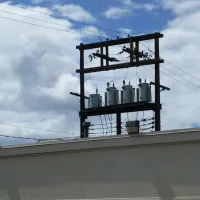
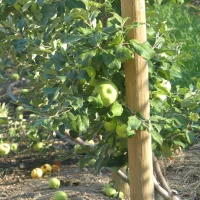
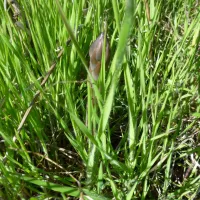


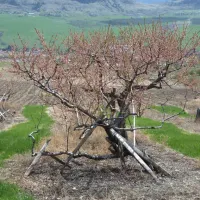
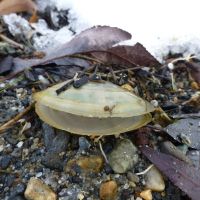
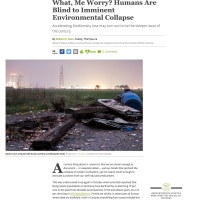








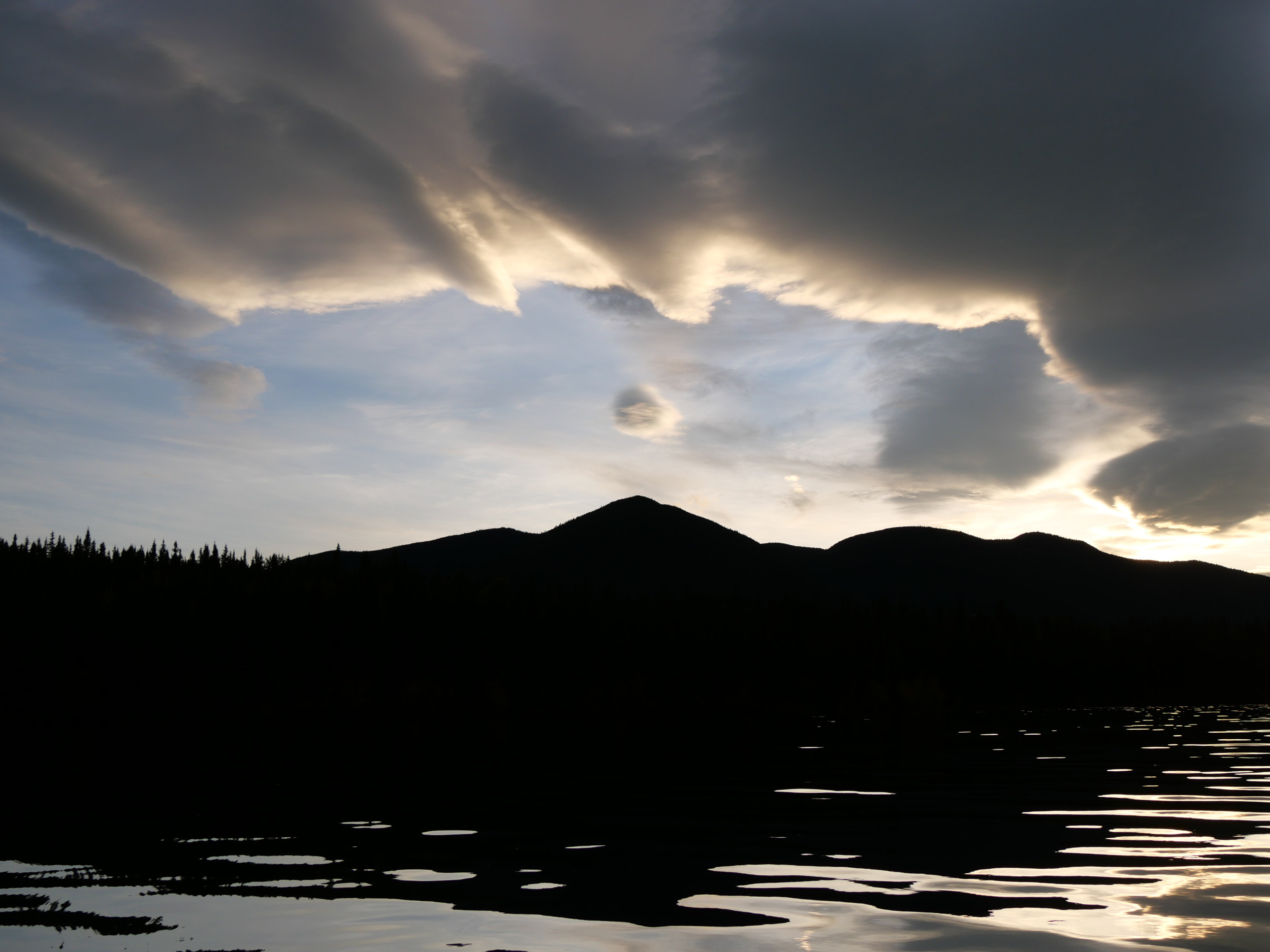
Greetings, Harold, good to meet you here!
That unique, relatively wild valley and its slopes have been especially dear to me for years. I remember reveling in spacious, verdant grasslands near Chopaka, amid so many delightful cottonwoods which form savannas and groves.
It’s such a relief to see that the fire didn’t consume utterly everything up the mountainsides north of there, and to see there’s still lots of trees left! Thank you for documenting this and sharing the beauty there for all to appreciate.
Danny 🌳💚🌲
Penticton
LikeLike
You’re welcome! So good to hear from you. It’s a stunning valley, pulling cedars down out of the coast into the grass. Quite the trick!
LikeLike
Good to hear from you too!
Speaking of cedars, the only ones I saw in that region were up in the “Manning Park” area. Years ago I was astonished to find a few Western Red Cedars along lower Shingle Creek, only steps away from Big Sagebrush and the expected Ponderosas. ..Only a few minutes from Penticton. If it was near Vernon it wouldn’t be very surprising. But here?
My next thought was why those surprising outliers exist way down here in the drybelt so far from their kin. Of course yes they do like the moisture of streams and ravines, but I hadn’t seen any others anywhere at all nearby. A delightful mystery to me. Who knows… 🌞🌲🌞
LikeLike